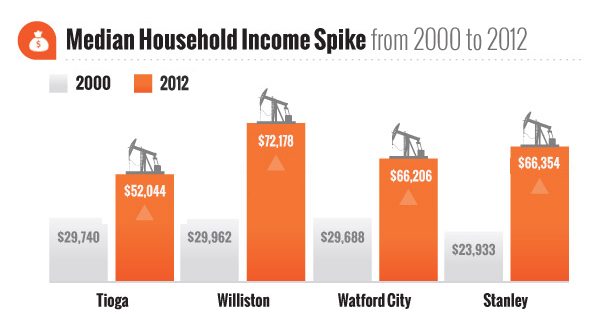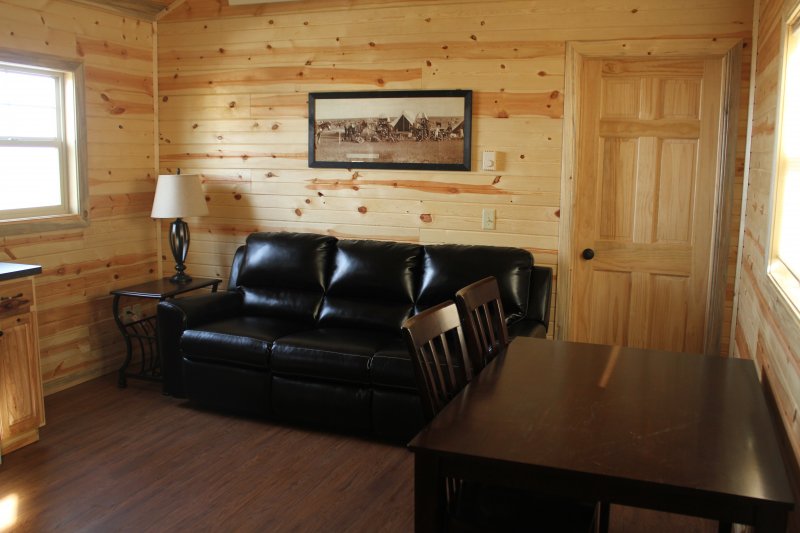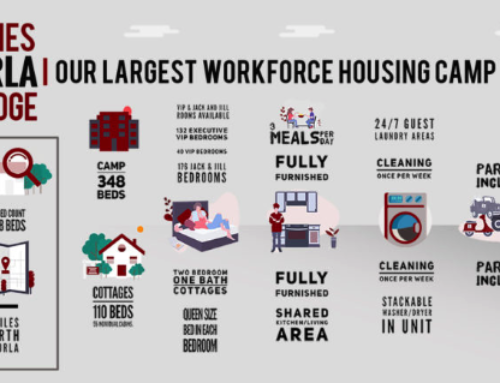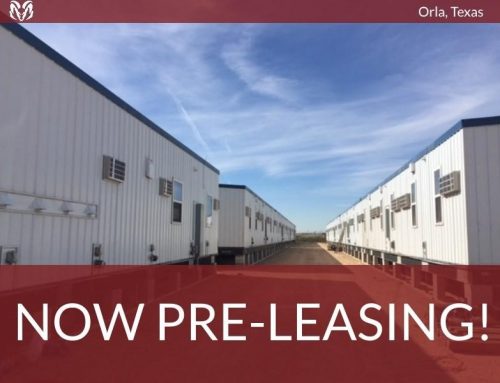The Bakken formation in North Dakota has produced oil since 1953, but it wasn’t until recently that much of the vast oil reserves were accessible. With advances in technology and drilling methods making more of the vast oil reserve recoverable, oil production in the Bakken area of North Dakota has skyrocketed. This has resulted in a massive economic boom for towns like Tioga, Williston, & Watford City.
The Good News: Booming Economies
The rapidly growing oil industry in the Bakken region of North Dakota has been a Boon for local economies, driving headline-generating economic results year after year.
At the state level, this economic growth has result in the government having a large budget surplus – in other words, the government literally has more money than they know what to do with. (It seems we’ve finally found something that can produce money faster than politicians can spend it!)
At the local level, this economic growth has driven rapid job growth and increasing wages, and not just for oil field workers. Unemployment in the area fell to nearly zero in 2014 (by one calculation, unemployment in Williston was 0.9%).
Jobs and wages have grown in all areas, from fast food workers to government jobs to construction crews. Reports from CNBC and other outlets that fast food workers in Williston were making $11-20 per hour went viral last year on the internet. This graphic shows how average salaries grew in Tioga, Williston, Watford City, and Stanley:

The Bad News: Housing Prices & Availability
The booming economy has led to some less exciting effects, though – rising housing costs and a lack of housing availability. With local populations doubling in just a couple years, the housing markets have been unable to keep up with the demand for housing. In some areas, $3,400 a month for a three-bedroom apartment is typical. Williston was ranked the most expensive city to rent a small apartment in during 2014.
Local businesses and even the city of Williston have purchased apartments to use as workforce housing, allowing them to provide lower cost housing to their employees.
In many cases, the increased wages and employment have offset the increase in housing prices. The Wall Street Journal reported that “Only 0.56% of mortgages in the Bakken region were 90 days delinquent or more as of January, versus 1.78% for the rest of the state.”
But the other part of the housing problem is a simple lack of housing, regardless of price. Many people have resorted to living in campers parked at Walmart or on a farm. A local public school board had to resort to building temporary housing on the school playground in order to get the teachers they needed to teach the students. More workers have been needed in the Bakken region than housing existed for.
Are Man Camps The Solution?
Stakeholders have implemented a variety of solutions to help provide housing – ranging from government owned housing to man camps, apartment complexes, and hotels. Man camps have been one of the most prominent solutions to the housing crisis in North Dakota, thanks to their flexibility and quick scalability.
Offering short term and long term housing options, man camps are a popular solution both for workforce housing and for individual housing needs in areas such as Tioga, Williston, Stanley, or Watford City.
Some of the man camps that have cropped up are rather spartan, cramping workers together with few amenities. Others (such as the ones Aries Residence Suites runs) offer more comfortable living quarters, with amenities such as flat screen TVs and recreation facilities.

A higher quality man camp.
What Is Next?
As the booming oil industry continues to mature in the Bakken area of North Dakota, infrastructure and housing will continue to be important areas to focus on. How housing and infrastructure are managed will play an important role in determining what the area looks like 10 or 20 years from now.





